“We continue to count on the valuable contributions of the Arms Control Association.”
Research and Reports
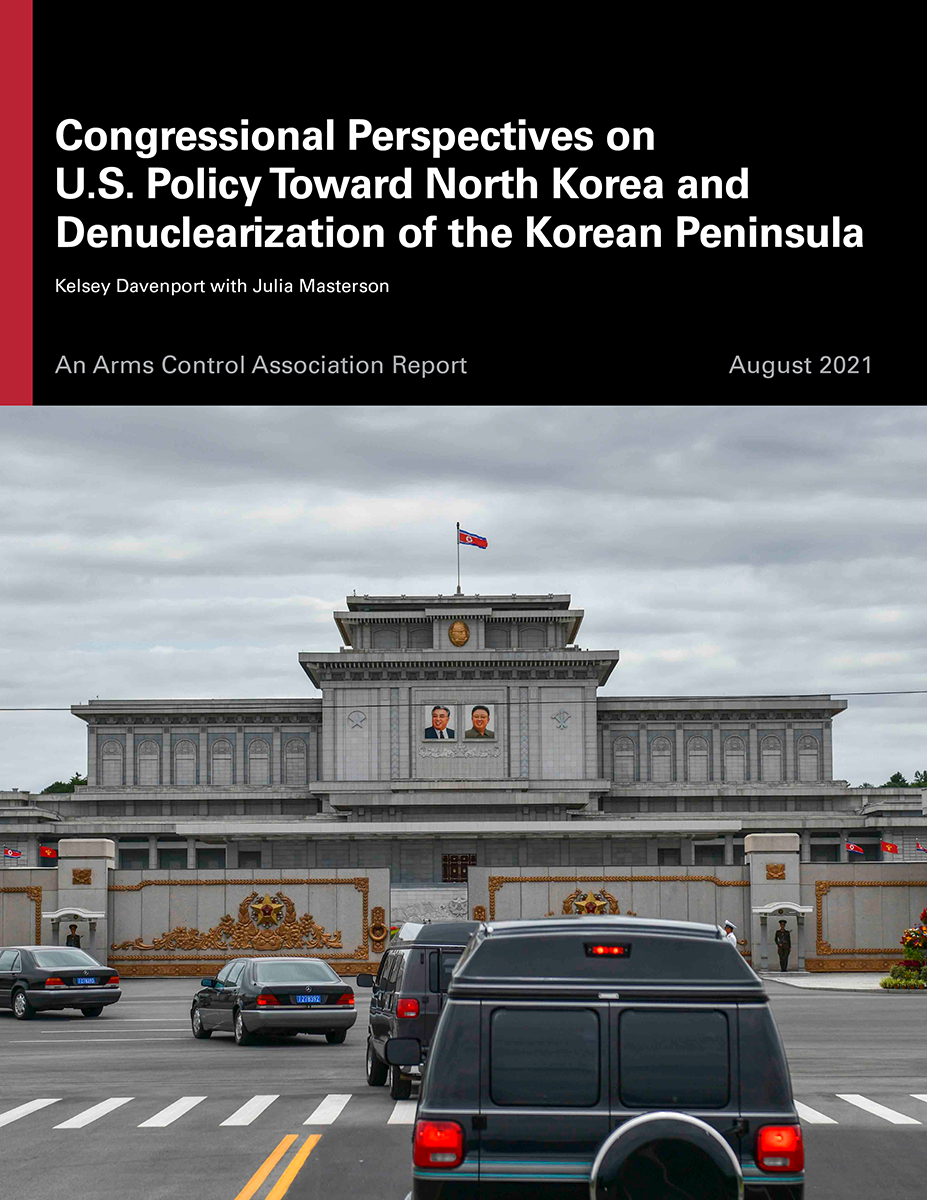
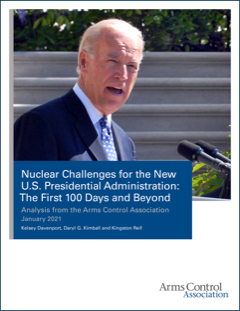
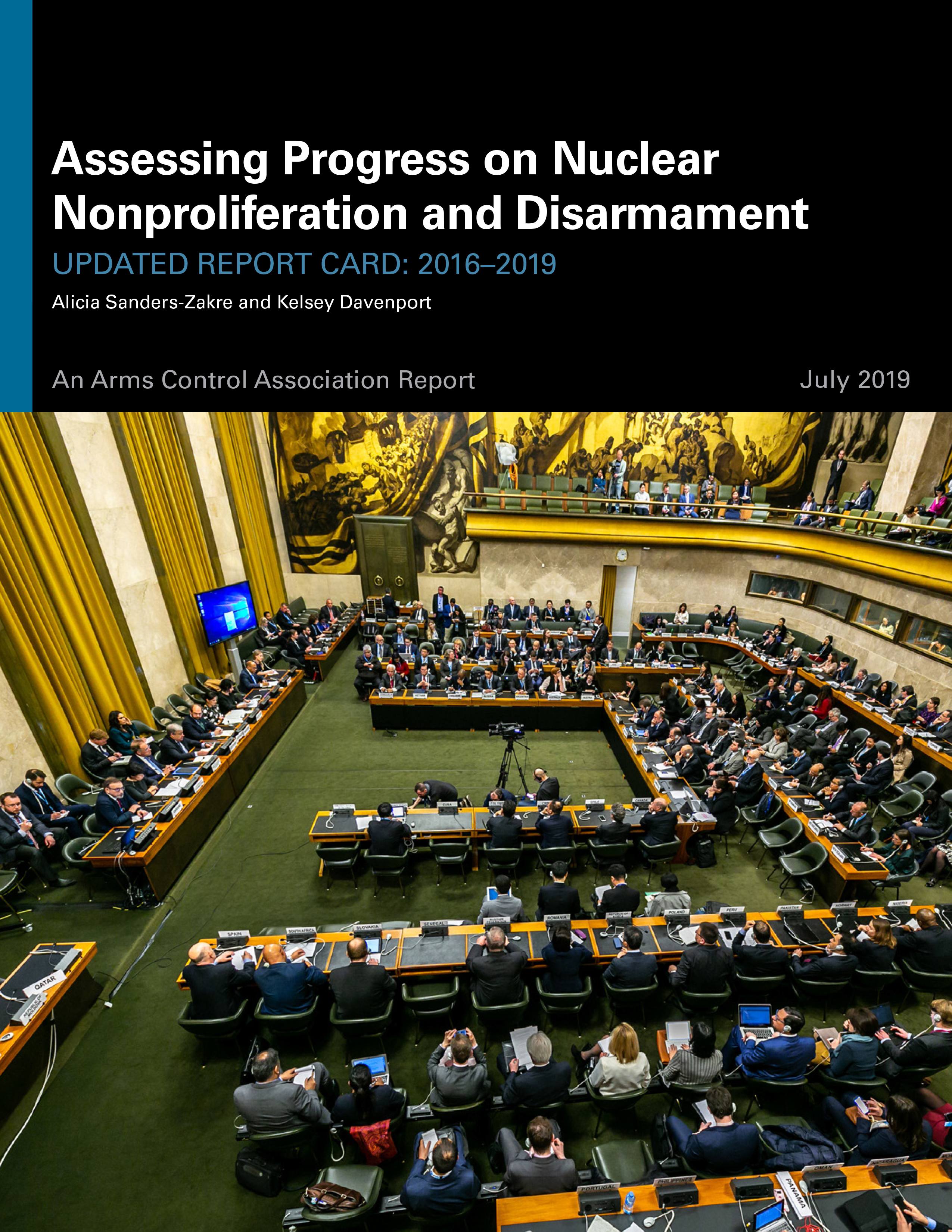
This new report is the fourth in a series that assesses the extent to which 11 key states are fulfilling, promoting, or undermining 10 standards identified as critical elements of the nonproliferation and disarmament regime. Collectively, states fared worse on the majority of criteria when compared with the prior edition covering the 2013–2016 period.
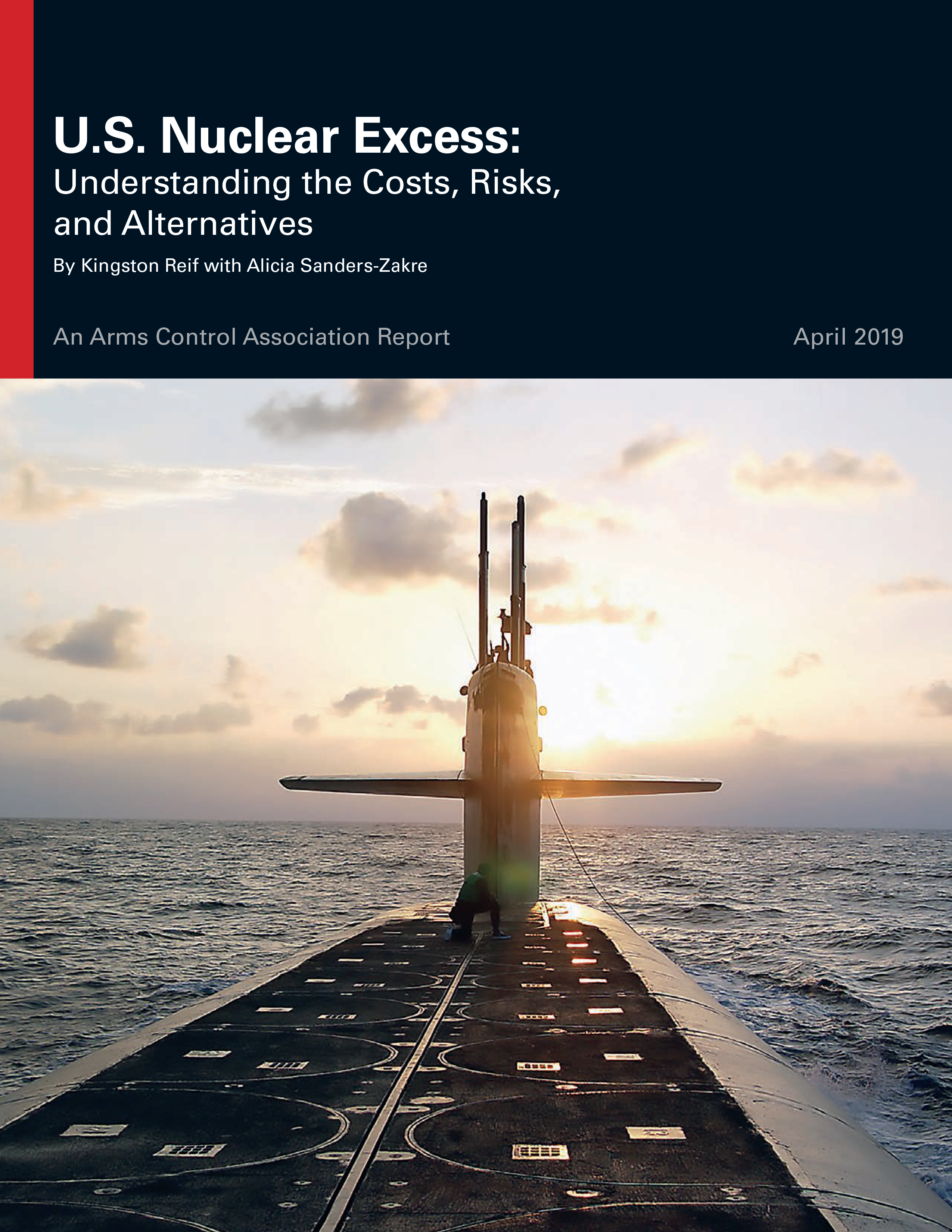
The United States currently plans to spend nearly $500 billion to maintain and replace its nuclear arsenal over the next decade. This report describes the ways in which this level of spending is unnecessary, unsustainable, and unsafe. It describes three realistic options to reduce spending on nuclear weapons and recommends steps Congress can take to adjust the programs to deal with the long term budget challenges.
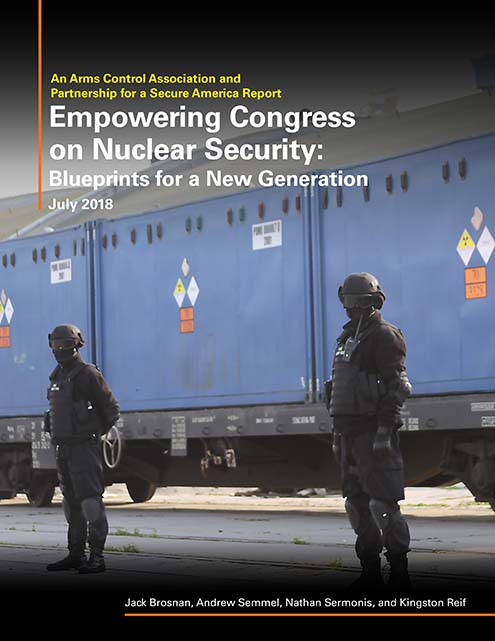
The global nuclear security enterprise is at a critical crossroads. While the worldwide use of nuclear and radioactive materials has grown, the issue of nuclear security has all but faded from the U.S. national conversation.
